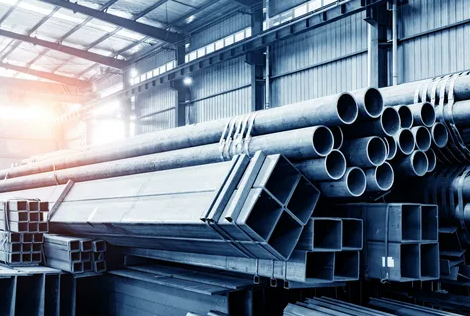Global copper production will rise by just 2.1% to 23.4 million tonnes in 2025 due to lower production in Australia and Indonesia. In these countries, production is expected to decline from 1.8 million tons to 1.5 million tons.
In Indonesia, the decline is due to lower ore grades and the accident at PT Freeport Indonesia's Grasberg Block Cave mine. The export ban on copper concentrate and anode sludge was introduced from 1 January 2025, but an agreement with the EU eliminates tariffs on key minerals.
In Australia, the decline is linked to problems at Newmont's Cadia and Boddington mines. By 2030, production is expected to increase to 28.9 million tons.
The copper deficit will be partially offset by increased production in Zambia, Mongolia, Peru and the Democratic Republic of the Congo. Zambia will increase production by 19.2% to 937.5 kilotons. In Mongolia, production at the Oyu Tolgoi mine will increase. In Peru, growth is expected by 17% to 360-400 kilotons thanks to new projects. In the DRC, production will rise thanks to capacity expansion and the Heshima hydroelectric project.
Chile will post modest growth of 2% in 2025.






